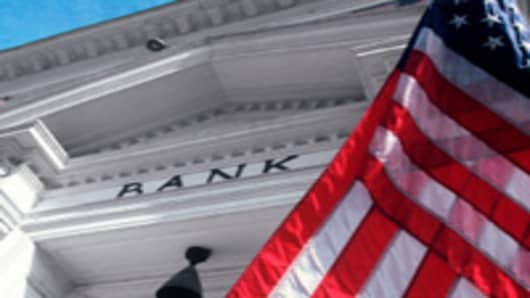But the purpose of the TARP money and the public perception of the fund have changed since then.
What was billed as a program intended to help healthy banks increase lending and swallow up troubled rivals widened to include a number of struggling banks. New restrictions on executive compensation and dividend payouts made such aid less palatable to bank managers.
“We don’t want to be touched by the stigma attached to firms that had taken money,” said Scott A. Shay, the chairman of Signature Bank. He said he also worried that the conditions on the aid could hurt the way he paid bankers and sales representatives.
Iberiabank executives said that tougher rules, including limiting dividends, made taking the aid untenable. “It really changed significantly from how it started,” said John R. Davis, a senior vice president at the bank. “All those changes made it very difficult for a bank like us to participate in the program.”
Originally, banks that accepted TARP money were required to raise private capital before they could repay the loan. But after Congress passed its economic stimulus bill in mid-February, the repayment policy was loosened as strict new compensation rules were put in place.
Banks could apply to their primary regulators for permission to return the TARP money to the Treasury Department early. The returned money could be used for other Treasury programs.
This week, the Treasury Department said that it would have about $134.5 billion of TARP money left, assuming what it said was a “conservative estimate” that $25 billion of the funds would be repaid. Industry groups, like the American Bankers Association, have lobbied aggressively to allow the banks to repay the money quickly, saying it would send a positive signal to depositors and investors that the nation’s banks were sound.


